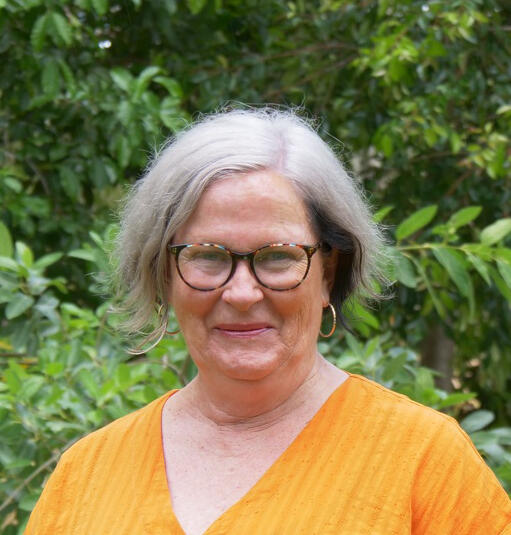Change and challenge is life on the land, and Garry and Lee-ann Stonehouse have been up for both. They moved from their property in a drier region of Queensland to Cape York in 2017, where they were assured of more regular and predictable rainfall due to the Cape’s annual wet season.
‘Where we lived before, rain was always the topic of conversation—mainly the lack of!’ Garry said.
Garry and Lee-ann now own and manage Jungle Creek, an 18,000 hectare grazing property in southern Cape York, where they raise breeding cattle.
The property is host to 35 km of permanent creeks so, to protect the creeks, the Stonehouses have moved away from traditional practices of allowing cattle to access waterways, and put land management techniques in place that let them control the cattle’s access to water.
They’ve put up fences on the property to create smaller paddocks, and laid poly pipe 250mm below ground to transport water from the creeks to watering points within these paddocks—the poly pipe laid underground to protect it from fires.
One of the upshots of the installation of the watering points is the regrowth of good quality native grass on the creek banks, resulting in soil stabilisation and decreased runoff of topsoil into the creeks, which in turn reduces sediment runoff to the Great Barrier Reef.
Having more control over their cattle in the smaller paddocks also means feral cattle are excluded from their herd, producing a quieter herd that is easier to manage reducing mustering time by about 50%.
There is also a smaller percentage of feral cross- progeny leading to increased quality and higher prices for their cattle.
Garry and Lee-ann welcome grazing technique changes that will increase the quality of their product.
‘No change equals no change!” Garry says, “and if you’re smart enough to listen you can learn from anybody.’
Cape York NRM was initially able to support the Stonehouse’s property improvements with funding provided by Australian Government through Queensland Farmers’ Federation Reef Trust program.


